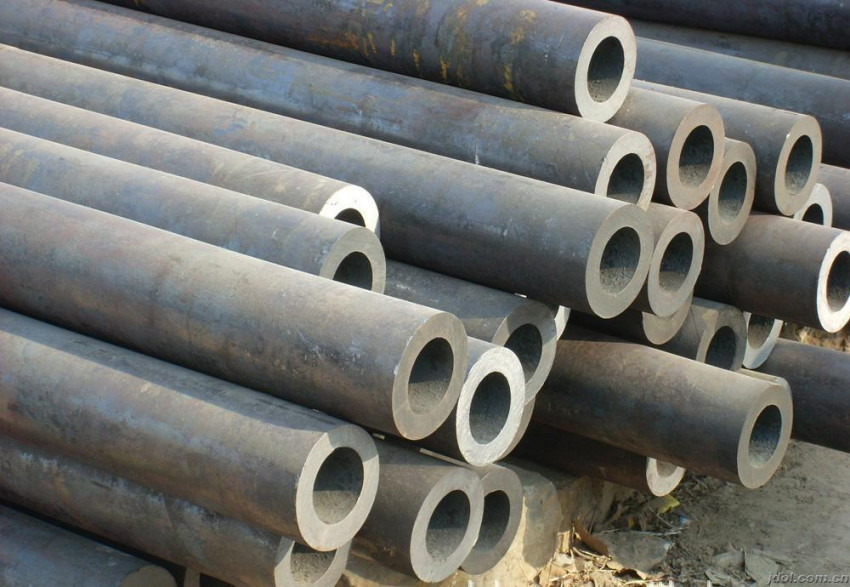
Degreasing is also known as degreasing. Refers to a method of removing grease from wastewater, sludge or solid waste. It also refers to the process of removing grease from the surface of machine parts or iron products. Grease mainly comes from lubricating oil and anti-rust oil during machining, oil seal during storage, release agent during molding, and polishing paste during grinding and polishing.
Why do seamless pipe degreasing
- After the conveying medium is mixed with grease, it will form a combustion or explosive mixture. When there is a fire or a certain temperature, it will explode, such as an oxygen pipeline.
- After the conveying medium is mixed with grease, the ignition point of the conveying medium is reduced, and the explosion range of the conveying medium is expanded, such as hydrogen and acetylene pipelines
- Grease has an impact on the production products or processes related to the piping system
- Since the pipeline needs to be pickled, it needs to be degreasing.
The main reason for degreasing the pipeline is to prevent oxygen from reacting with the grease in the residual pipeline. Oxygen is one of the most widely distributed elements in nature. Calculated by volume, the oxygen content in the air is 20.93%. Oxygen is a colorless, transparent, tasteless and odorless gas at room temperature and pressure, and is slightly heavier than air.
Under atmospheric pressure, when cooled to -182.96°C, oxygen condenses into a sky blue, transparent and easy-flowing liquid; when the temperature drops to -218.4°C, it condenses into blue solid crystals. The chemical properties of oxygen are very active, and it is a strong oxidant and combustion accelerant. It can combine with other substances to form oxides, except that it does not combine with gold, silver and inert gases such as ammonia, atmosphere, ammonia, etc. under normal circumstances.
The intensity of the oxidation reaction depends on the concentration and pressure of oxygen. If the oxidation reaction is carried out in pure oxygen, the process is very violent and a large amount of heat is released at the same time. (For example, if the metal is in oxygen, if the purity and pressure of oxygen are increased, the oxidation reaction will be significantly intensified, and the ignition point of the metal will decrease with the increase of oxygen pressure).When oxygen is mixed with combustible gas (acetate, hydrogen, methane, etc.) in full proportion, it will explode in case of fire.
After the oxygen is compressed, in the process of conveying, if there is grease, iron oxide filings or small particles of combustion (coal powder, carbon particles or organic fibers), it will rub against the pipe wall or the body with the airflow, collide,A lot of frictional heat will be generated, causing pipes and machines to burn.Or due to the sudden opening of the valve row in the pipeline, the gas behind the valve produces a temperature close to adiabatic compression, causing the pipeline or valve to burn, and the compressed oxygen will immediately burn violently when it contacts a small amount of grease and cause an explosion. Based on these particularities of oxygen, the steel pipes, fittings, litter and all materials in contact with oxygen in the oxygen pipeline must be strictly derusted, purged and degreased before installation and use.




